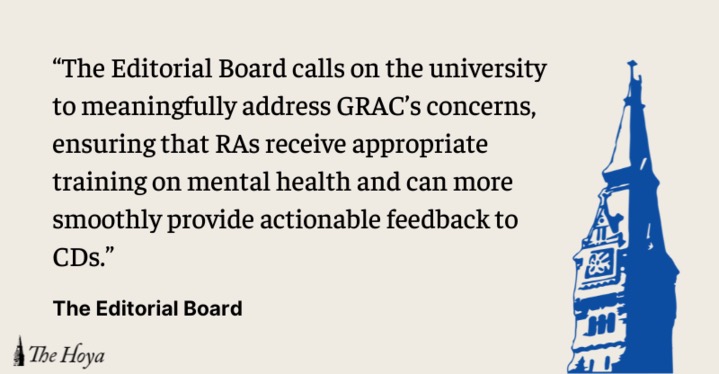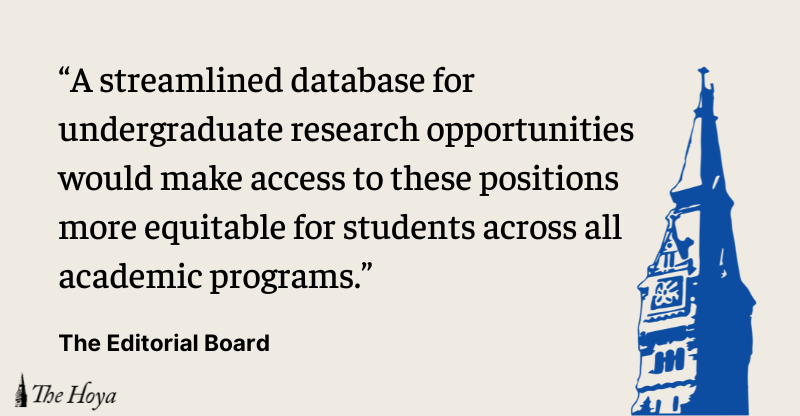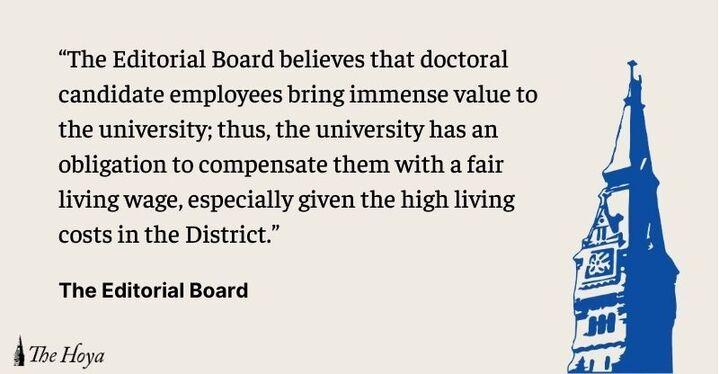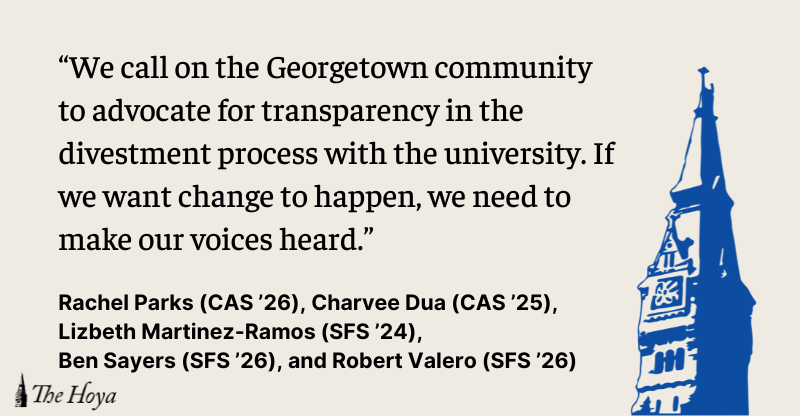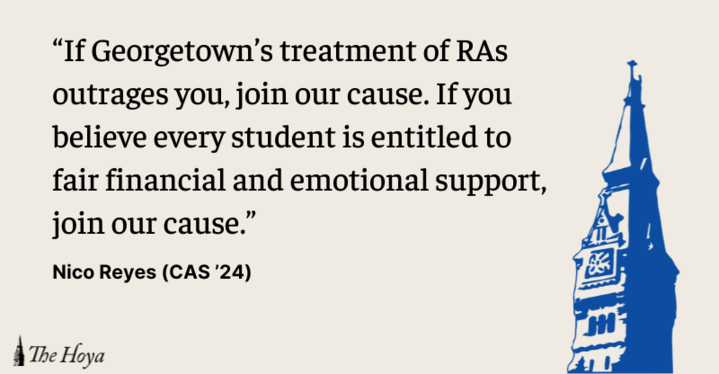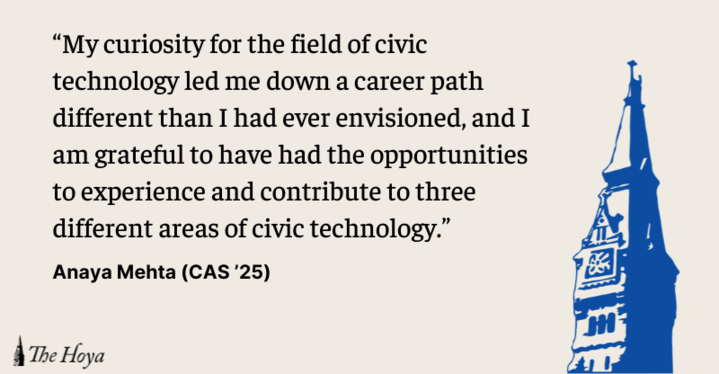In the wake of successful student protests at the University of Missouri, similar calls to action against institutional racism in higher education have spread like wildfire at campuses across the country. While some student protests have attracted negative press and invited contentious discussion on issues of race and free speech, what recently unfolded on Georgetown’s campus was virtually uncontroversial and amicable. Though the successful renaming of Mulledy and McSherry Halls indicates the strength of this emerging national student movement, there is still a long road ahead. In the months that follow, students should ensure the momentum from the #GU272 campaign does not lose its focus on addressing structural racism at Georgetown. They must also be sure the campaign does not descend down a path where radical actions and reductionist views pressure reform without fostering a contemplative dialogue that sources the perspectives of all student groups on campus.
The recent name change of Mulledy and McSherry Halls acknowledges a past that clearly runs counter to Georgetown’s Jesuit identity, but students and staff should refrain from a wholly reductionist view of the issue. Without doubt, Mulledy and McSherry perpetrated grave crimes against humanity — crimes whose abhorrence was not lost on either president, as documentation plainly reveals; to reduce these men to a single action is an irresponsible departure from Georgetown’s intellectual tradition.
Although the changes proposed this semester have done much in raising awareness about Georgetown’s history of slavery, we must recognize that this has also reduced Mulledy’s name to a single event: the brutal sale of 272 slaves. While this should not be forgotten, we must also pay attention to the historical context in which Mulledy made his decision, along with the extreme guilt and ostracism the man faced after making this decision. A nuanced examination, that neither excuses nor vilifies the more shameful events of our past obtains a stronger reflection on history and avoids the problem of erasure.
Mulledy knew that the university was in dire financial straits and Georgetown’s substantial landholdings were losing money. As the president of the university, he had the primary fiduciary responsibility of ensuring that the school remained solvent. The decision to sell slaves was part of a broader divestiture of property, so that the school could generate some cash to pay its expenses. He recognized that history would vilify him for the decision to sell slaves, although that apparently did not motivate him enough to arrange the sale so that families would not be separated. The nonchalance with which Mulledy parcelled slaves along with land in a transaction demonstrates how deeply ingrained the institution of slavery was in 19th century America, even among educated elites.
As the initial wave of research leading up to the establishment of the Working Group on Slavery, Memory and Reconciliation suggests, the conversation on Georgetown’s Civil War-era legacy is far from over. The resolution announced Saturday should not be accepted as an adequate conclusion to the discussion. Rather than stopping after the easy choice to change the building names, the Georgetown community must shift its focus to the more deeply ingrained, structural challenges that have created a racist climate for people of color. As the Working Group and the #GU272 campaign organizers have both recognized, the work does not end with the interim monikers of “Freedom” and “Remembrance.”
It continues with the proposals outlined by Georgetown’s Black Leadership Forum, such as devoting funds to hiring more black faculty, attracting more students of color, incorporating information about Georgetown’s slave history into campus tours and memorializing the unmarked graves of African slaves on campus. Although these will prove far more difficult to implement, Georgetown’s racial justice movement must continue to push for them. Instead of unilaterally pushing through rapid resolutions solely by engaging in protest, these dialogues require long-term, sustainable and inclusive programs. When pursuing future reforms, student-working groups ought to offer open forum dialogues so that everyone’s opinion can be heard. Alhough it has rightly been pointed out that excessive, stagnated discussion cannot be a substitute for change and that it is not the responsibility of students of color to educate other students, it is important to recognize that a plethora of diverse groups find their home on campus and should therefore have equal access and input. To build an inclusive movement and a better Georgetown, it is imperative we listen to and consider the perspective of all students.




